Exploring the Majestic Scenery of Hakone-machi and Moto-Hakone in the Morning
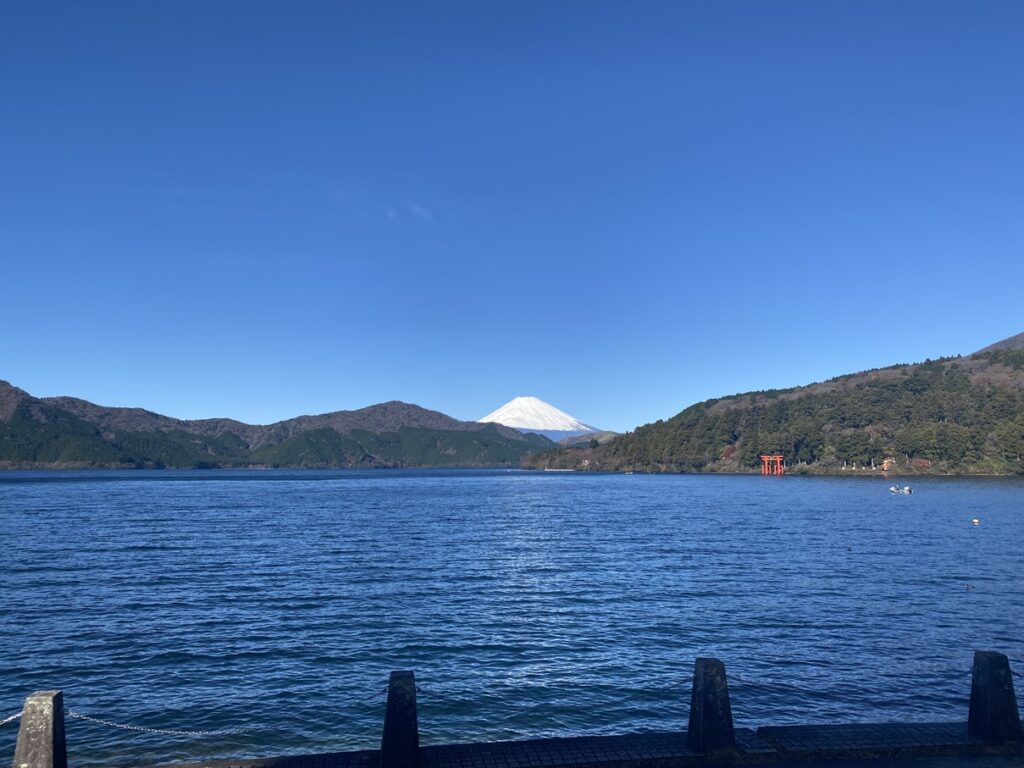
Located on the southern shore of Lake Ashi, Hakone-machi is home to some of the most iconic views in Hakone—Mount Fuji, Lake Ashi, the striking red torii gate, and the pirate ships sailing across the water. These breathtaking sights can best be enjoyed from the Hakone-machi and Moto-Hakone areas.
Although Mount Fuji is often obscured by clouds, especially later in the day, the morning hours offer clearer skies, increasing the chances of a spectacular view. On rare winter mornings, a sea of clouds can also be seen floating above Lake Ashi.
A well-known sightseeing route, the "Golden Course," takes visitors from Hakone-Yumoto Station via the mountain train, cable car, ropeway, and pirate ship, covering many of Hakone's attractions. However, if you take the reverse route—a little-known travel hack—you can reach the Hakone-machi and Moto-Hakone areas more quickly. By taking a direct mountain bus from Hakone-Yumoto, you can arrive at Lake Ashi’s Hakone-machi and Moto-Hakone areas in about 40 minutes. If you leave Shinjuku Station early in the morning, you can reach the Lake Ashi area by mid-morning, avoiding the crowds. This "Reverse Golden Course" is a smart way to explore Hakone efficiently.
Another advantage of starting your day early in this area is indulging in exclusive morning delights, such as popular sweets and exquisite hotel-made breakfasts. So, how can you get there early?
Hakone’s Iconic Power Spots: Hakone Shrine & Kuzuryu Shrine
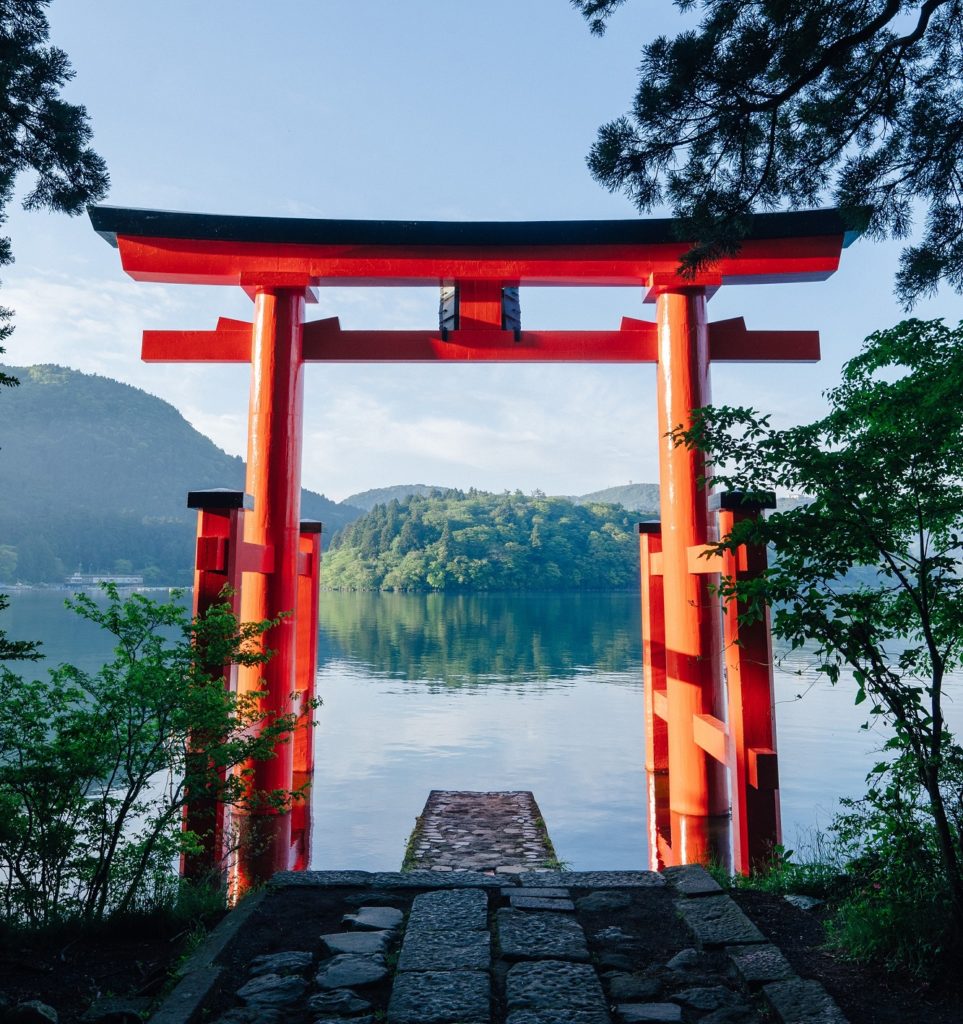
Founded in 757, Hakone Shrine has long been revered as the guardian temple of the Kanto region and has been worshiped by generations of shoguns. It is a symbol of Hakone, famous for its red torii gate standing in the waters of Lake Ashi. The shrine enshrines the Hakone Deity, believed to bring blessings for good fortune, warding off evil, fulfilling prayers, traffic safety, and matchmaking. Within the shrine grounds, visitors can also find the New Kuzuryu Shrine, a branch shrine dedicated to the dragon deity of Lake Ashi, known for bringing good luck in relationships and financial prosperity. During the Lake Ashi Summer Festival Week, held annually from July 31 to August 6, various rituals and fireworks displays take place.
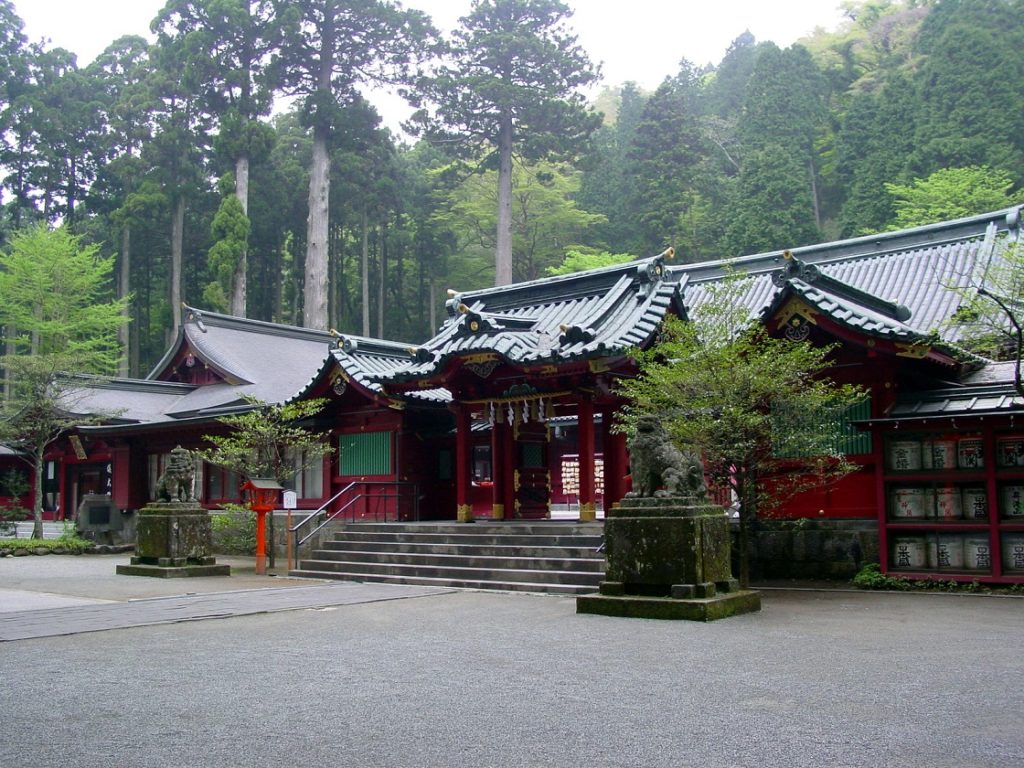
Due to its popularity, the shrine attracts many visitors, so early morning is the best time to visit for a peaceful experience. The "Heiwa no Torii" (Peace Torii), a famous photo spot on the lake, can also be photographed with minimal waiting in the morning. Be sure to try the "Ryujin Anpan" (Dragon God Sweet Bun) made with sacred water from the shrine—it often sells out before noon.
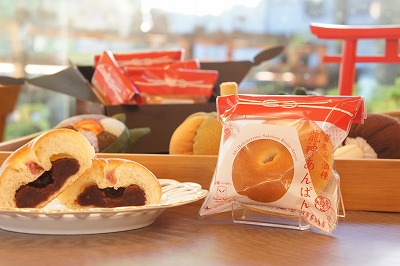
"Ryujin Anpan" (Dragon God Sweet Bun)
Spectacular Views from the Edo-era Watchtower: Hakone Checkpoint
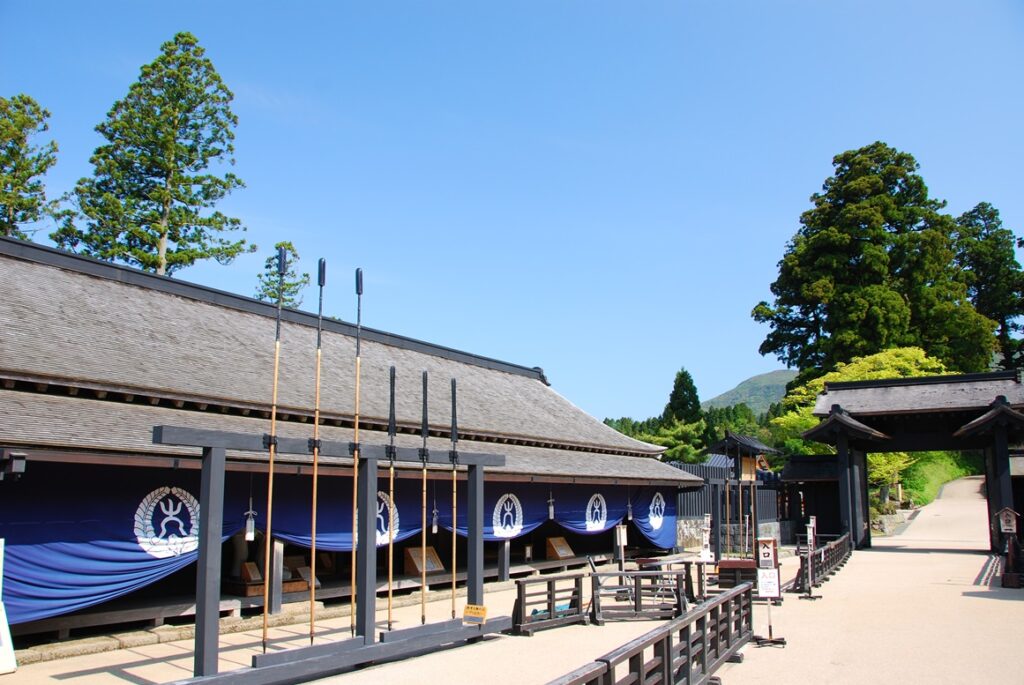
One of Japan’s most important historical checkpoints, the Hakone Checkpoint was established by the Edo Shogunate on the shores of Lake Ashi to regulate travelers. The site has been meticulously restored based on historical records, faithfully recreating the original gates, main guardhouse, and foot soldier barracks as they stood during the Edo period. The museum showcases the history and role of the checkpoint, providing insight into the lives of travelers in the Edo era. Additionally, the watchtower offers a stunning panoramic view of Lake Ashi.
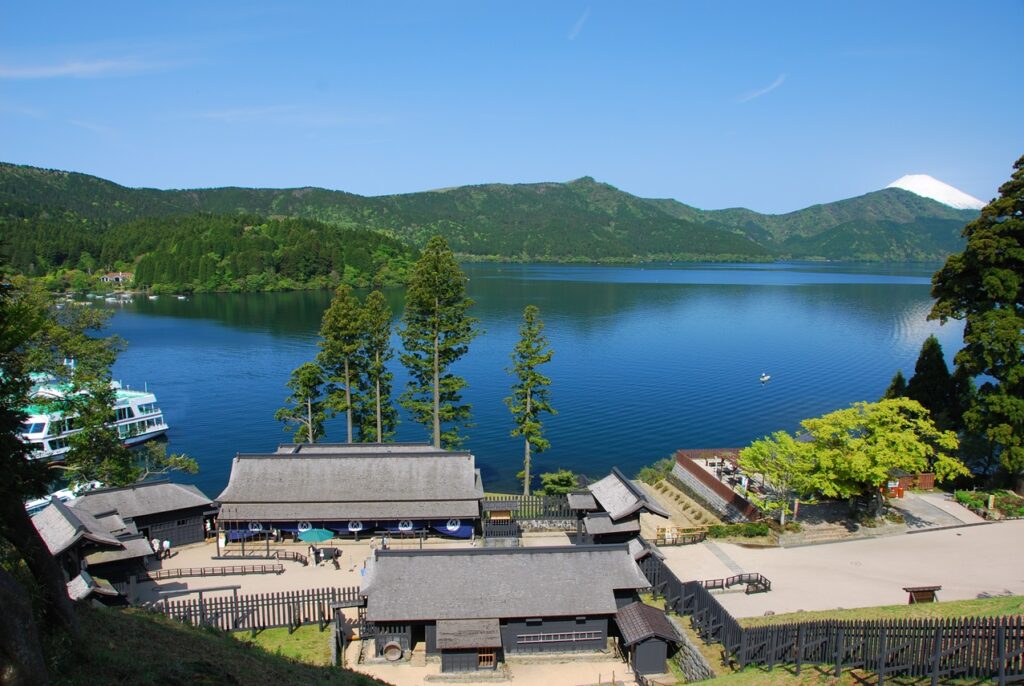
For the clearest and most vibrant scenery, visit in the early morning when the air is crisp. Enjoy the beautiful landscape while stepping back in time to the days of samurai and travelers.

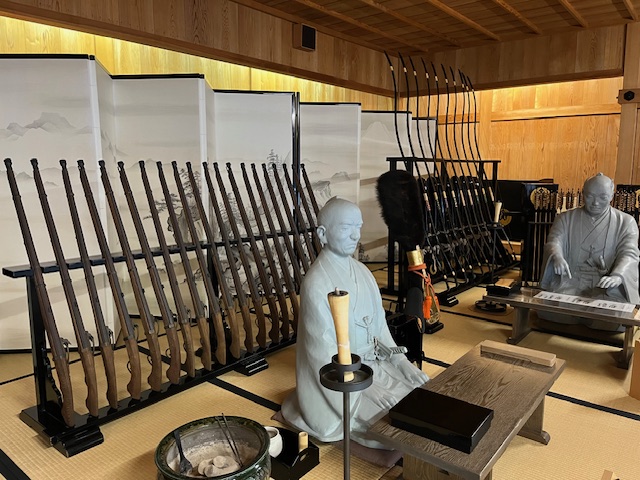
A Royal Scenic Retreat: Onshi-Hakone Park
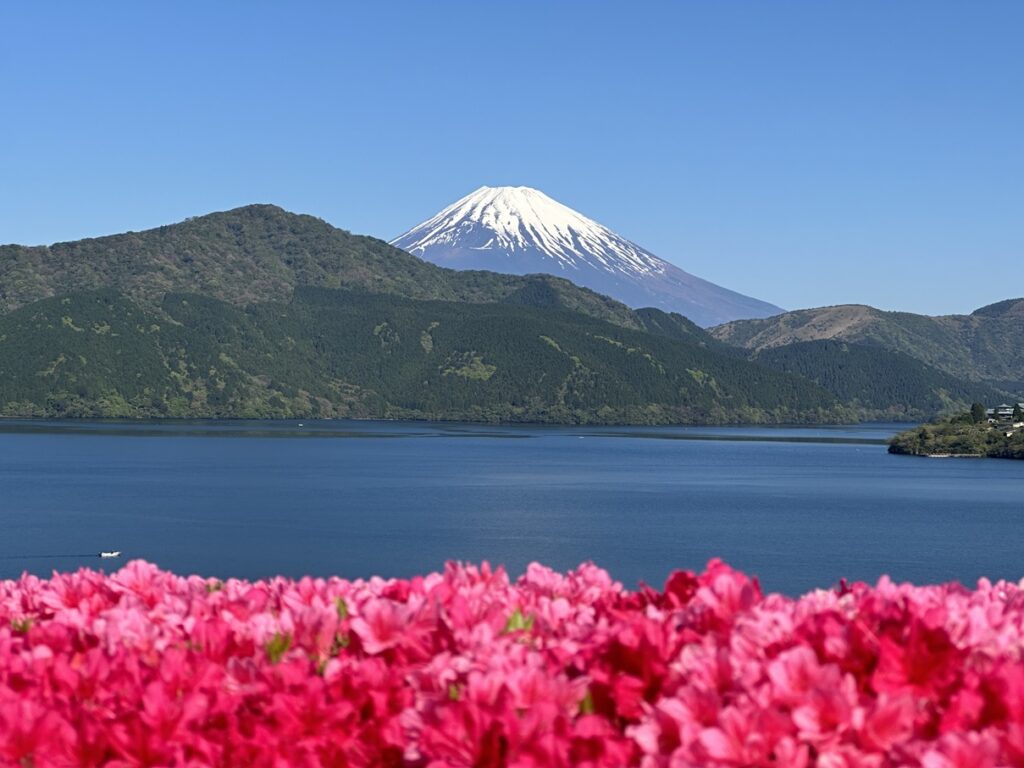
Scattered throughout this park are scenic spots offering panoramic views of Mount Fuji, Lake Ashi, and the Hakone Mountain range. Located on a peninsula on the southern shore of Lake Ashi, it was once home to the Hakone Imperial Villa, built as a summer retreat for the Japanese Imperial Family and a venue for hosting international guests. The vast park features walking trails surrounded by seasonal flowers and trees, making it perfect for a leisurely stroll. The "Lakeside Observation Hall," designed in the style of the former imperial villa’s Western-style mansion, houses an exhibition room and a tea room serving matcha.
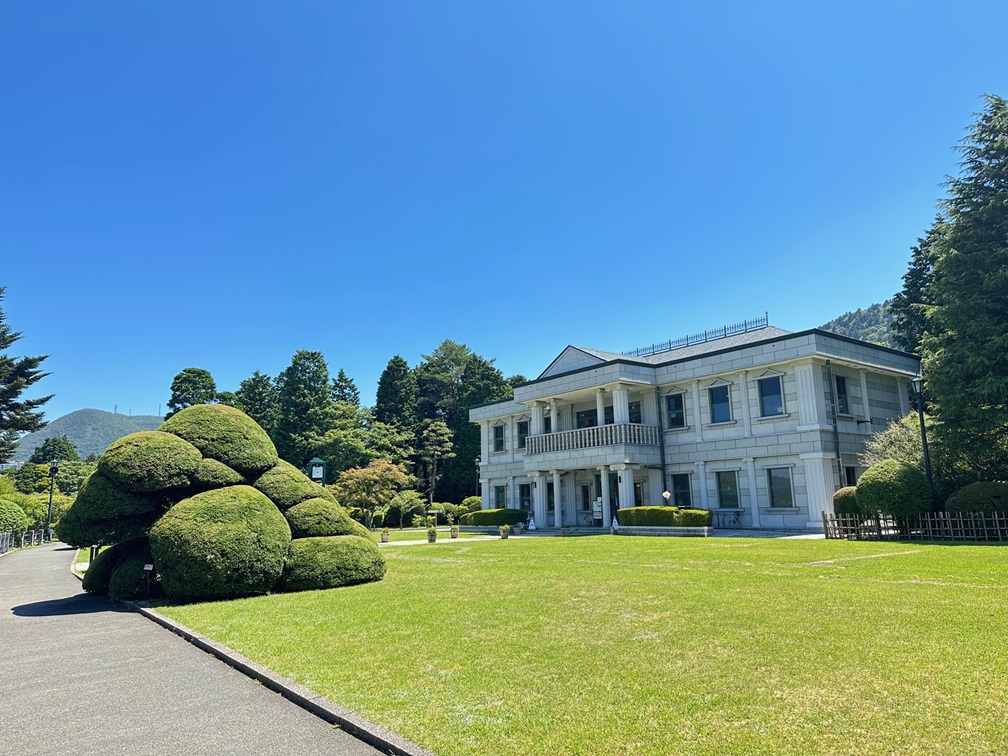

Hakone Mototsumiya Shrine: A Heavenly Sanctuary with a Stunning Panorama
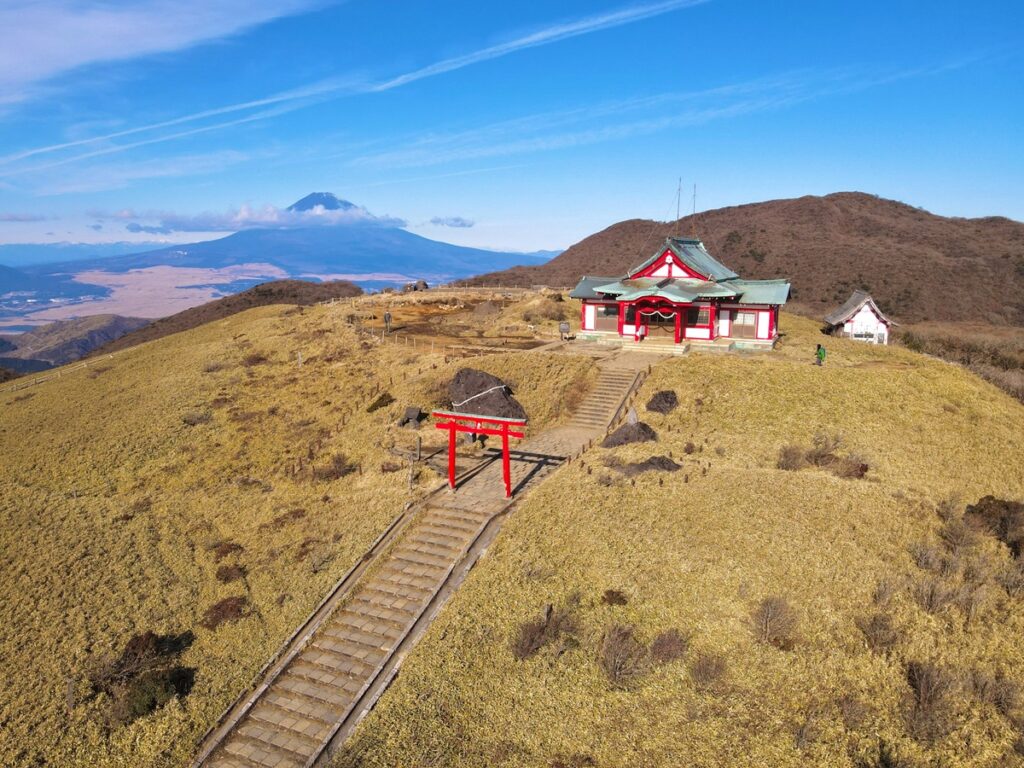
Perched atop Hakone Komagatake at an altitude of approximately 1,356 meters, Hakone Mototsumiya Shrine is often called the "Sky Shrine." Hakone has long been revered as a sacred site for Shugendo (mountain asceticism), and this shrine was originally built as the Okumiya (rear shrine) of Hakone Shrine. From the summit, visitors can enjoy breathtaking views of Mt. Fuji, Lake Ashi, and Sagami Bay. The shrine is also renowned as a mystical power spot. However, given Hakone's mountainous terrain, the weather at high elevations changes rapidly, and clear views of Mt. Fuji are not always guaranteed. Mornings, when the air is crisp and clear, offer the best chances for visibility. Access is via the Hakone Komagatake Ropeway from Hakone-en at the base of the mountain.
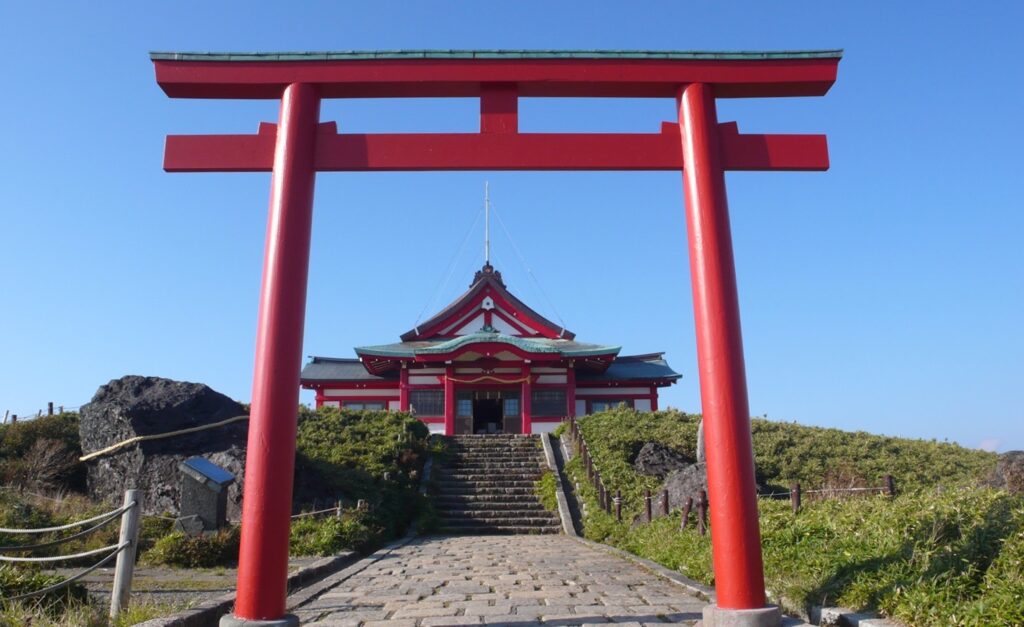
Beautiful Gardens, Flowers, and Fine Dining at the Former Baron’s Estate: The Garden of Hotel de Yama
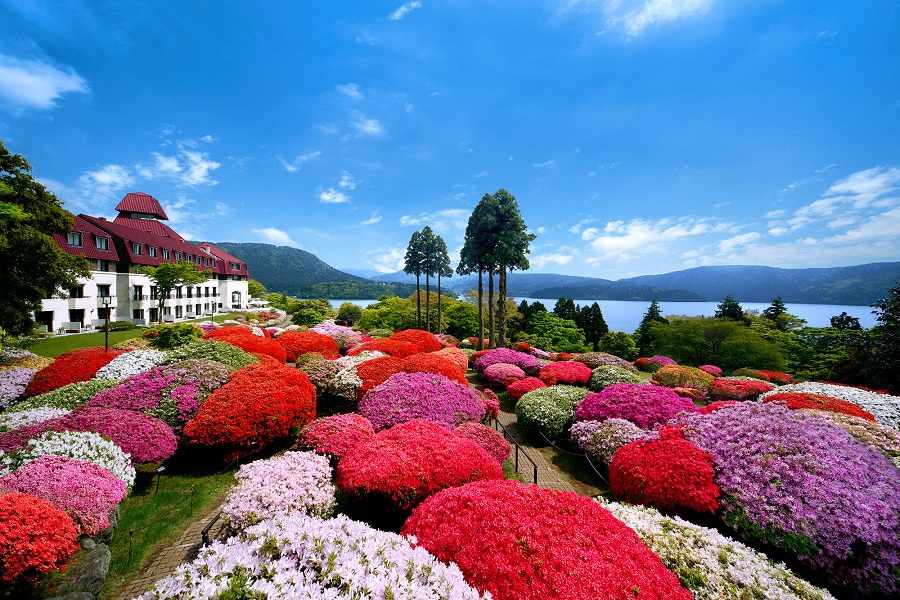
Located on the former estate of a baron, this hotel's vast garden offers breathtaking views of Lake Ashi and the majestic Mt. Fuji. The garden is famed for its azaleas, but throughout the year, visitors can also enjoy cherry blossoms in spring, hydrangeas in early summer, roses in summer and autumn, and vibrant fall foliage. Strolling through the beautifully maintained grounds is a serene experience.
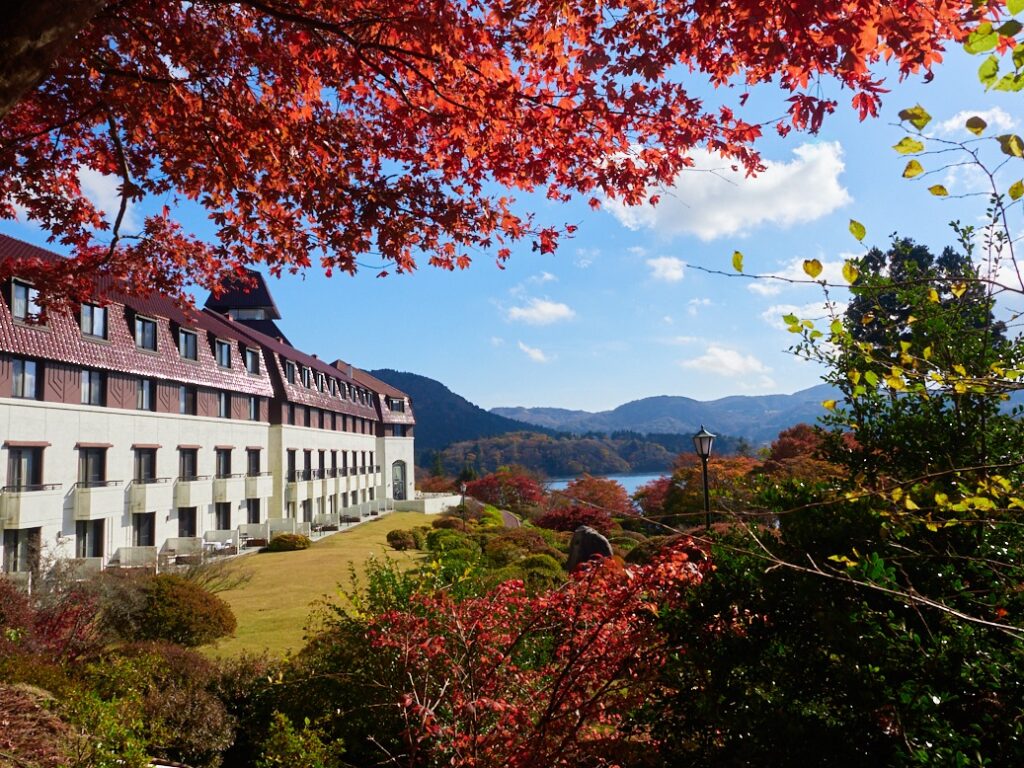
The hotel’s restaurant, Ver Bois, is also worth a visit, serving a renowned breakfast (7:30 a.m. – 9:30 a.m.) and lunch (11:30 a.m. – 1:30 p.m.). From the terrace, guests can enjoy exquisite hotel-made cuisine while taking in a fairytale-like view of the garden, Mt. Fuji, and the lake, where pirate ships glide by.
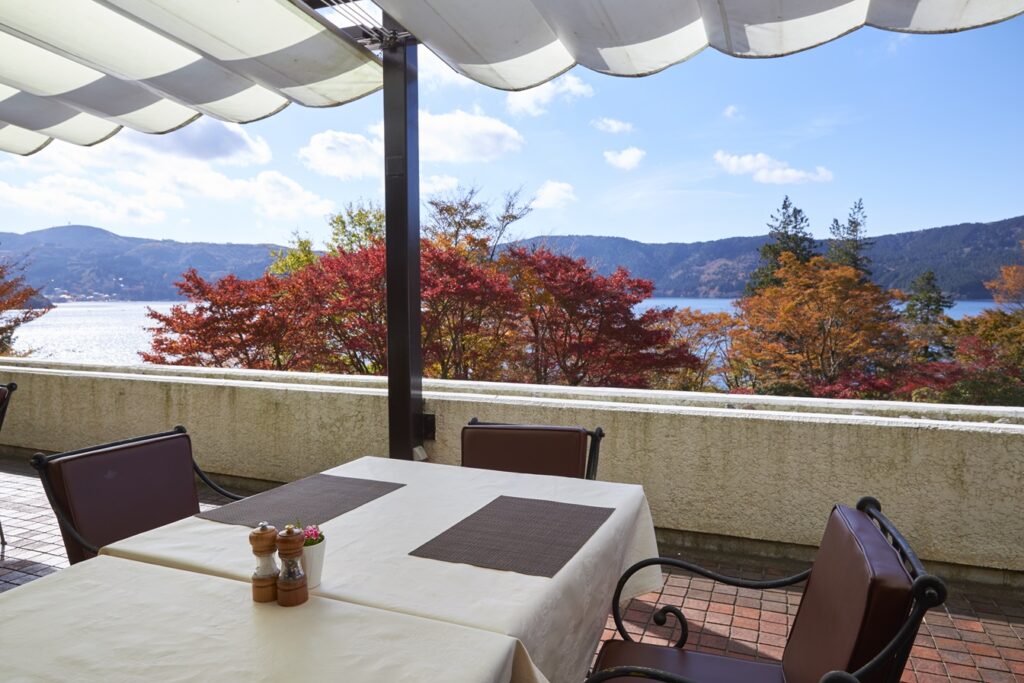

Savor Freshly Baked Bread with a View and a Footbath: Bakery & Table Hakone
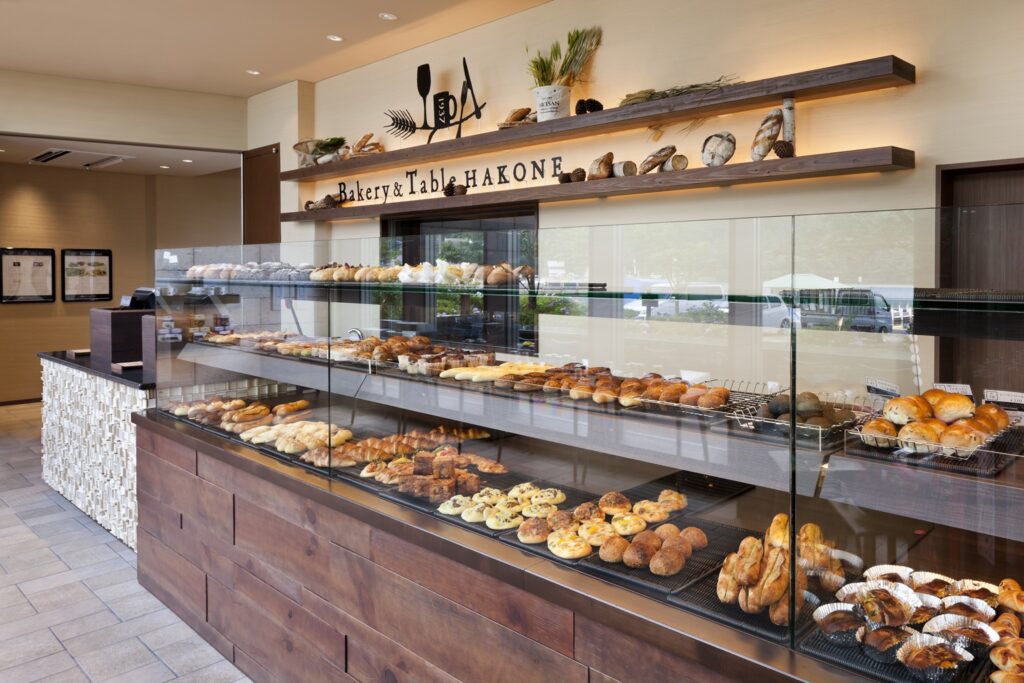
This lakeside bakery offers a scenic spot to enjoy fresh bread while overlooking Lake Ashi and its iconic pirate ships. Its signature bread, "Hakone," is a Danish pastry inspired by Hakone’s traditional yosegi zaiku (wooden mosaic work). The most popular item, "Rice Flour Curry Donut," features a flavorful curry filling with a creamy egg center, often selling out before noon. Arriving early is recommended to avoid long lines.
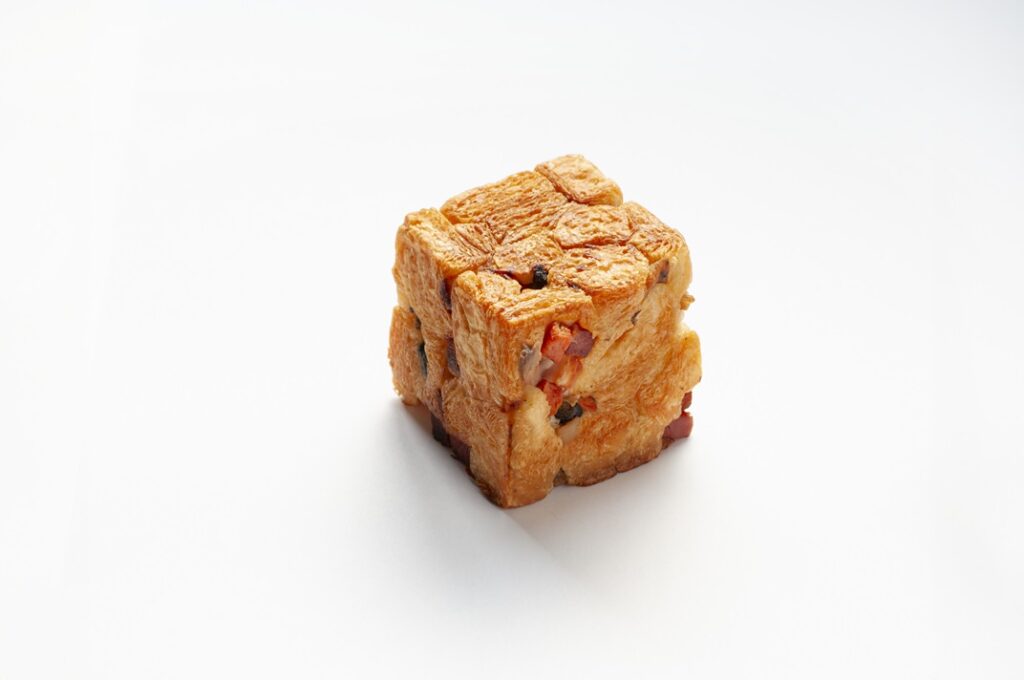
“Hako-ne” – The bakery’s top seller.
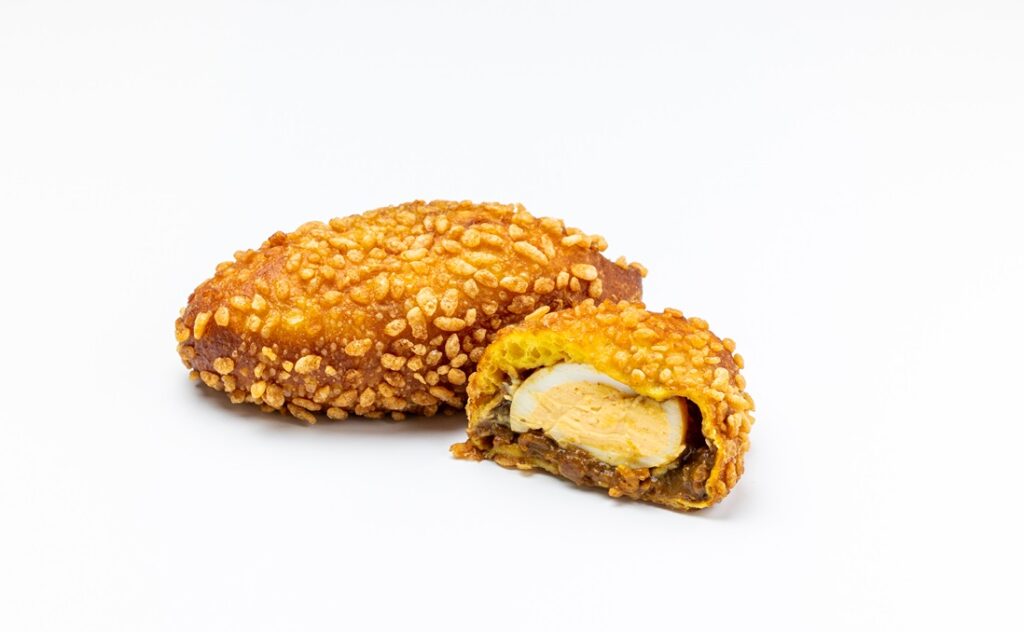
1. Rice Flour Curry Donut – The most popular item.
On the first-floor terrace, visitors can soak their feet in a warm footbath filled with water from Hakone Ashinoko Onsen while enjoying bread and drinks. The second floor features a café, while the third floor houses a coffee bar.
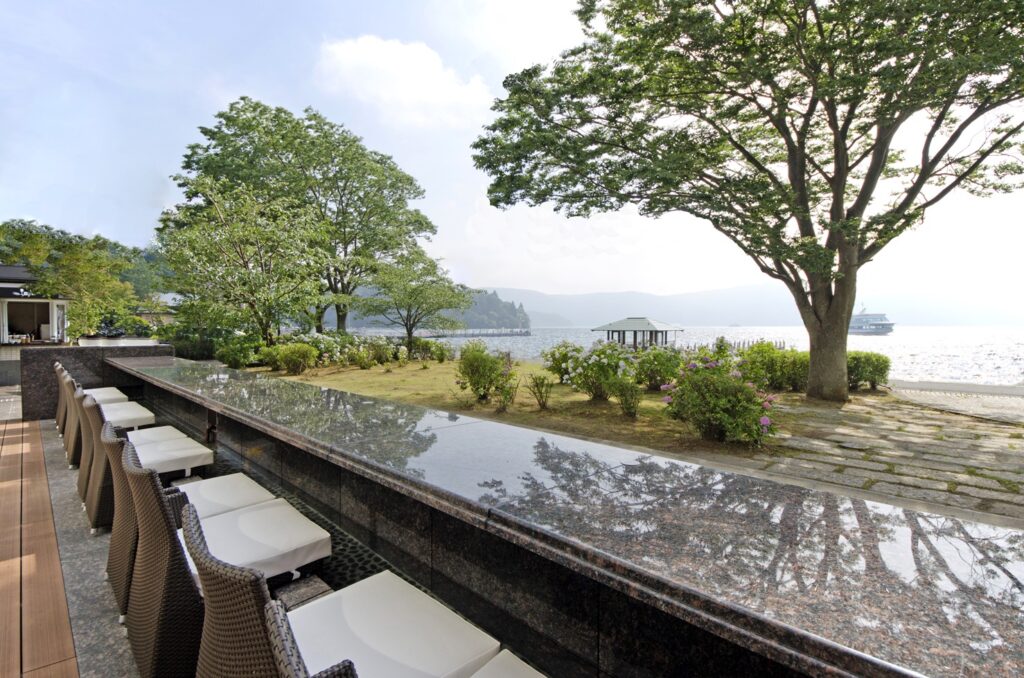
Footbath Terrace
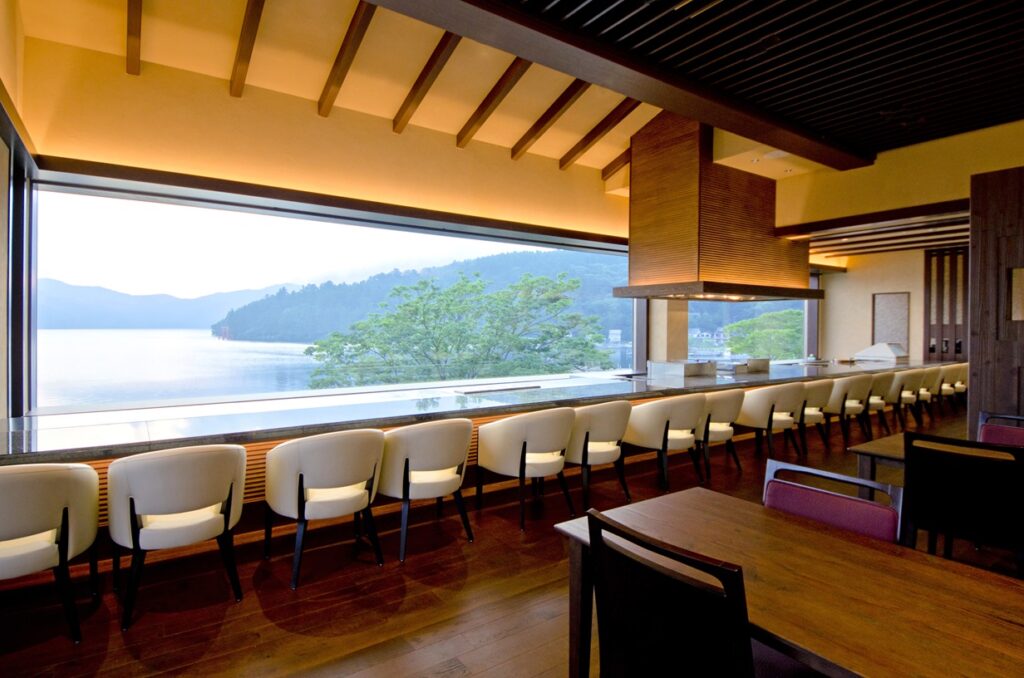
2nd floor cafe
Exquisite Sweets Inspired by Hakone’s Natural Scenery: Hakone Butter Sand SUN SAN D
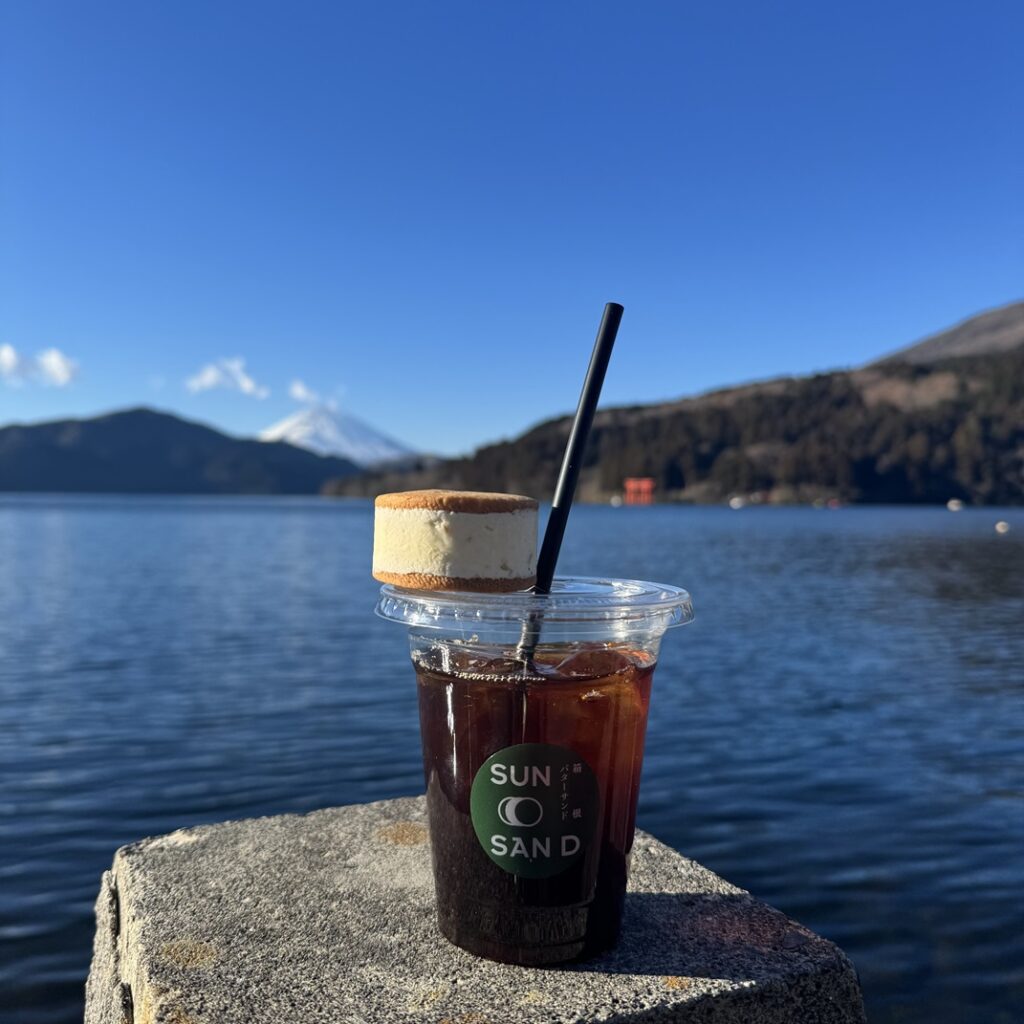
This specialty shop near Lake Ashi offers handmade butter sandwiches crafted with carefully selected ingredients. Each treat is made in-store, featuring a deep buttery richness and a light, airy texture. A hint of domestically produced lemon enhances the subtle sweetness and delicate saltiness of the cookie. These popular sweets often sell out in the morning, so it's best to visit early, grab one, and enjoy it while strolling along the lakeshore!
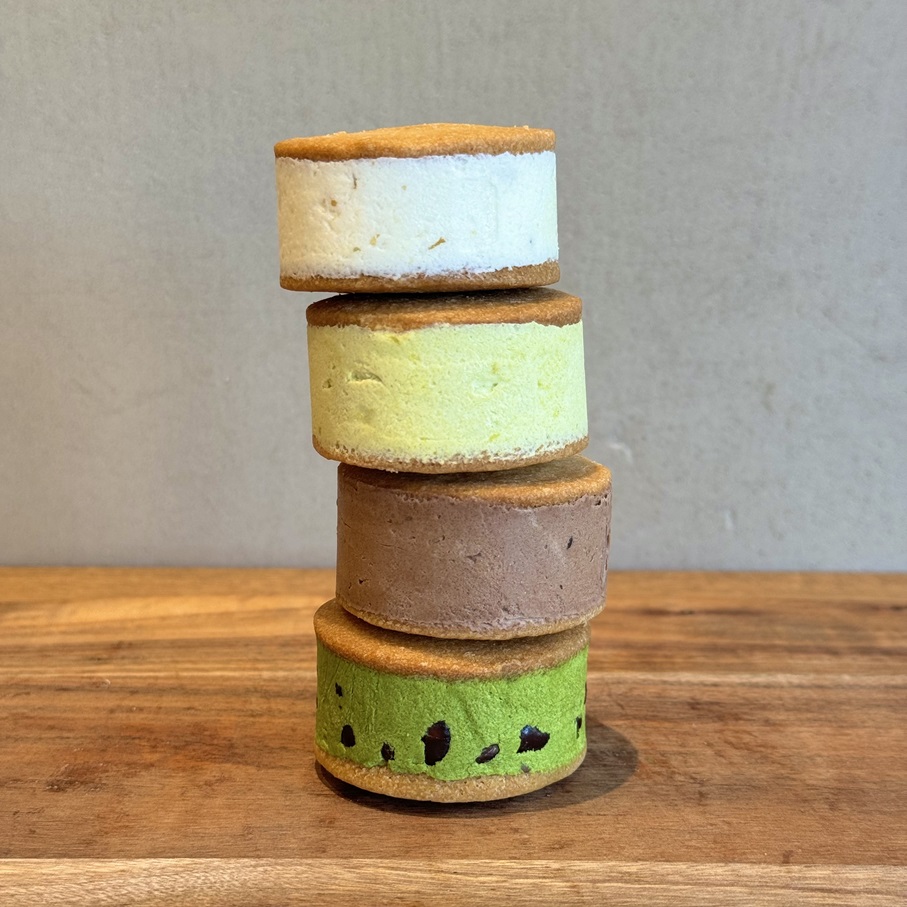
Cruise Across Lake Ashi on a Fairytale-Like Pirate Ship: Hakone Sightseeing Cruise
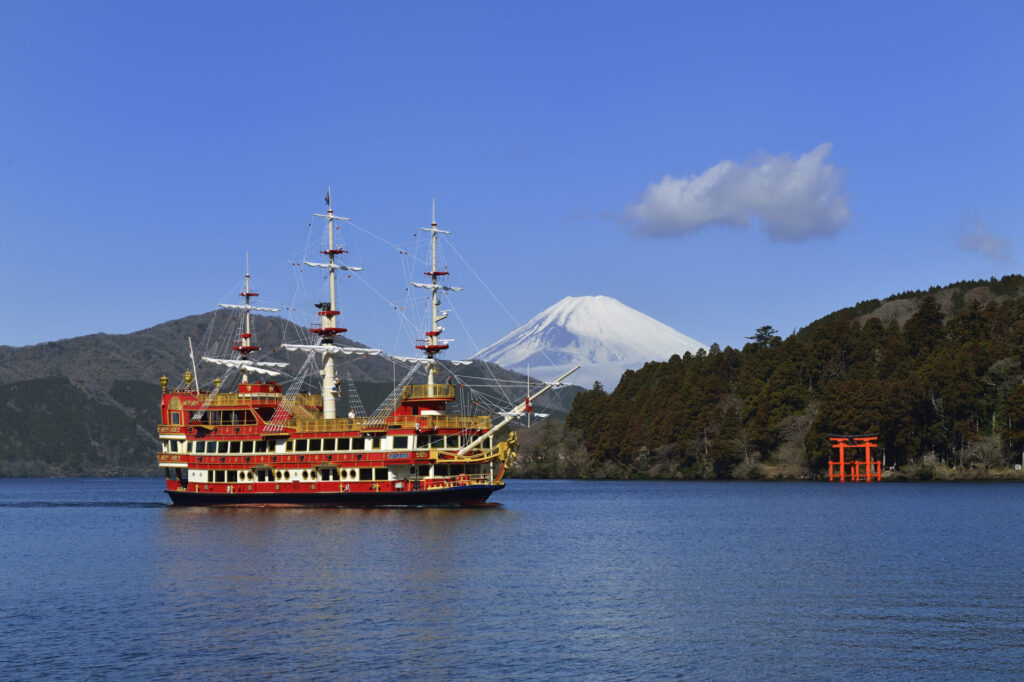
At the southern end of Lake Ashi, two main ports—Motohakone-ko and Hakone-machi-ko—serve as departure points for the Hakone Sightseeing Cruise that sail to Togendai-ko at the lake’s northern end. With their grand, stately appearance, the three ships, including Queen Ashinoko, are a spectacle to behold. But stepping aboard offers an even more exciting experience. The premium cabin, designed to evoke the luxury of royalty and nobility, is available at a discount for Hakone Freepass holders. The journey from Hakone-machi Port to Motohakone-ko takes about 10 minutes, while the full cruise to Togendai takes approximately 30 minutes, offering stunning views of the famous red torii gate of Hakone Shrine. For the best chance of seeing Mt. Fuji, a morning cruise is recommended.
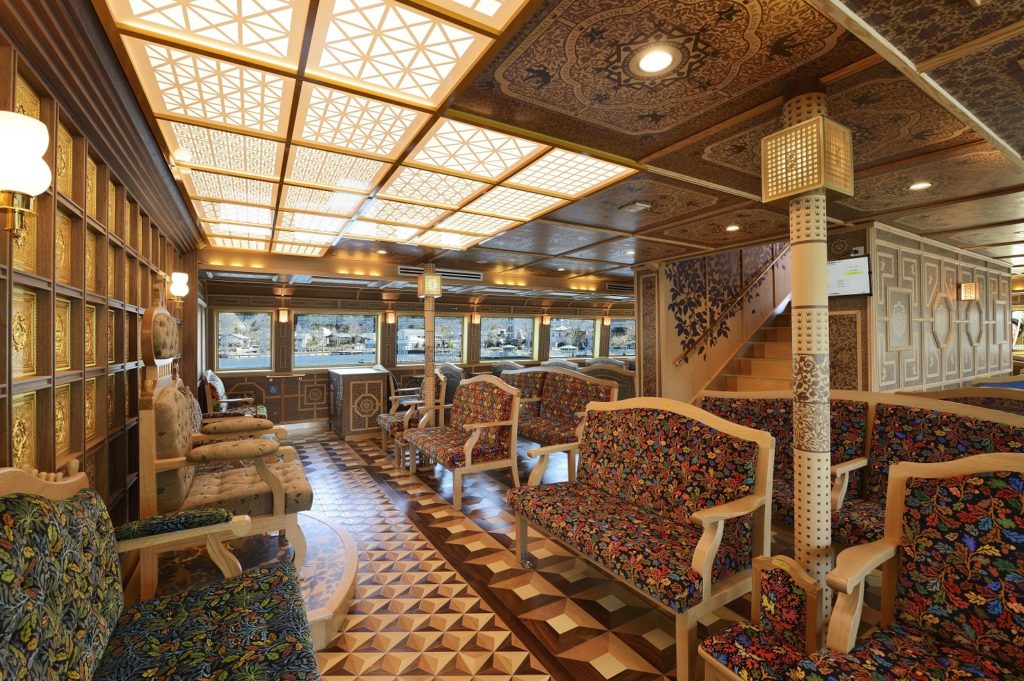
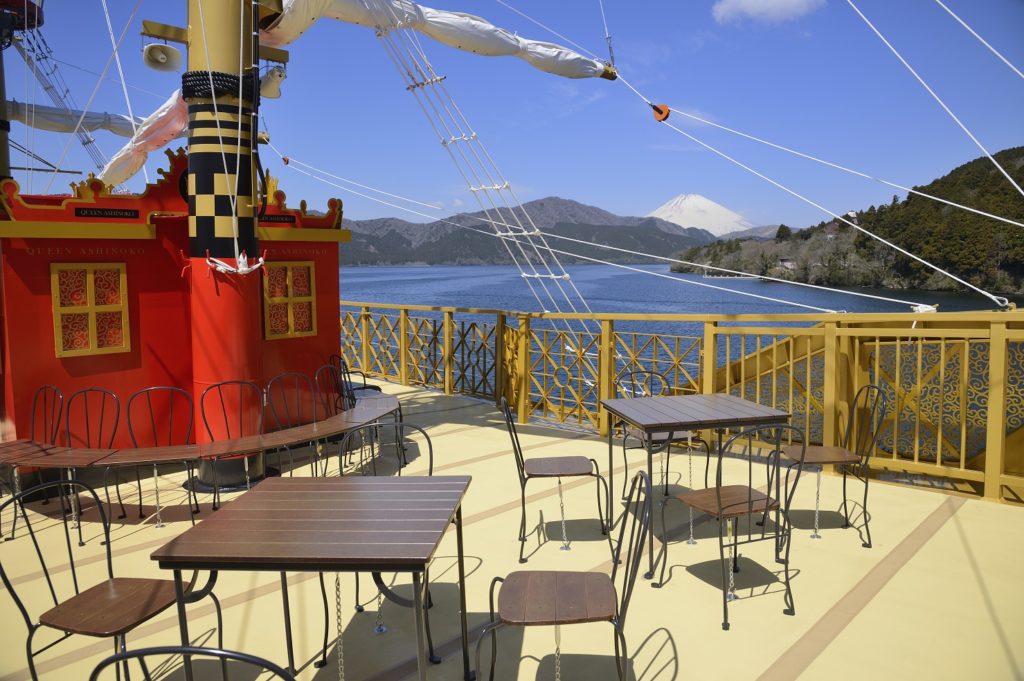
* An additional fee is required for the special cabin in addition to the one-way fare.


